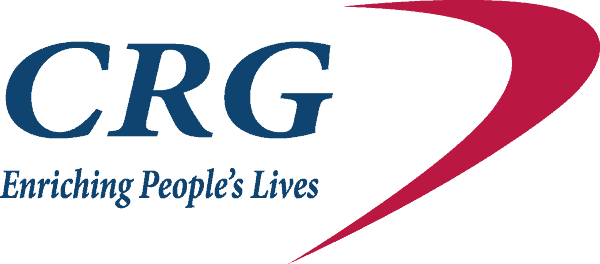As we move deeper into team and organizational development, it’s no longer enough to simply launch plans and assess outcomes. The most effective teams grow stronger through continuous learning—and they thrive when everyone is accountable for results. This article focuses on two critical leadership skills that ensure long-term growth and engagement:
- Skill 47 – Lead Continuous Learning and Improvement
- Skill 48 – Building and Installing Accountability Systems
Skill 47 – Lead Continuous Learning and Improvement
Definition
The skill of leading operational teams toward a culture of continuous learning and improvement, promoting ongoing development, encouraging knowledge sharing, and fostering a growth mindset within the team.
Why it matters
- The best teams are learning teams. Organizations that learn faster outperform competitors.
- Innovation depends on iteration. Leaders must normalize trial, reflection, and improvement.
- Knowledge sharing multiplies impact. A culture of learning prevents silos and nurtures collaboration.
How to implement
- Model learning behavior. Share what you’re learning and what you’re struggling with.
- Facilitate regular debriefs. After projects or initiatives, reflect on what worked, what didn’t, and what’s next.
- Celebrate lessons, not just wins. Show that learning—even through failure—is valued.
- Encourage personal development. Provide access to courses, coaching, and books.
- Establish internal knowledge hubs. Let team members present and share learnings with others.
Practice Activity – Regular Learning Roundtable
Schedule regular team sessions where each member shares one insight, skill, or learning from the past month—and how it applies to team improvement. Rotate facilitation each month.
Authors note: If you or your company are not investing in on going learning, then you are not supporting this skill. It has to be proactive and intentional. Our knowledge expires, meaning what we learned 5 or 10 years ago is no longer valid. So if you and your team are not continuously learning, you are falling behind.
Skill 48 – Building and Installing Accountability Systems
Definition
The ability to establish accountability systems that ensure agreement and alignment among team members, defining clear roles and responsibilities, and fostering a sense of ownership and commitment to individual and collective goals.
Why it matters
- Accountability is the glue of execution. It keeps intentions aligned with behavior.
- Without it, performance drifts. Teams that don’t track commitments tend to lose focus.
- It builds trust. When people do what they say they’ll do, relationships thrive.
How to implement
- Define roles and responsibilities. Every team member must know what’s expected.
- Create shared agreements. Set team norms and document commitments.
- Implement regular check-ins. Use weekly or bi-weekly accountability meetings.
- Use visual tracking tools. Dashboards or Kanban boards increase transparency.
- Celebrate follow-through and coach gaps. Acknowledge success and address underperformance early.
Practice Activity – Accountability Partnership Program
Pair team members to serve as accountability partners. Each week, they check in on progress toward one key goal and offer feedback or encouragement. Rotate pairs monthly to build cross-functional understanding and ownership.
Continuous Improvement + Clear Accountability = High Performance
|
|
|

